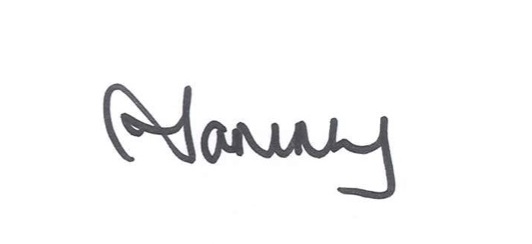
Why is HR not doing more to help employees subjected to bullying and harassment in the workplace?
Every day seems to herald another big name or celebrity being called out for behaving badly. Without a doubt, the responsibility for this behaviour lies with the person who is doing the harassing or the bullying. But increasingly, questions are being asked about HR’s role in all this.
Shouldn’t they be keeping their people safe? Shouldn’t they be a safe port to call in the storm? Shouldn’t they be sticking up for the little guy?
At the beginning of this year, I undertook a survey that asked for employee’s experiences with respect to bullying and harassment in the workplace. The stories were consistent and heartbreaking. And HR didn’t fare well in the retelling of those stories.
Why is this? Why is HR not doing more to help employees?
In part, it’s because people have tended to think of HR as a sort of “internal union”; there to advocate, support and protect the employees. And it’s true –in one model of the HR function there is a component of employee support and advocacy. But many organisations have moved away from that model. Many organisations now see HR as a partner to support the business rather than employees.
Or, HR is seen as the function that provides the governance and the training – but not much more than that.
So, employees go to HR expecting that HR will “take their side”, but at best, HR will remain neutral. Often – they will do little more than outline the necessary process and procedure. And on some occasions, they are positively hostile towards an employee and their claims.
Then there’s another other side of it..
Just as employees have been subjected to a power imbalance; the reality is that is also true for many HR professionals within an organisation. Often HR is junior to the managers about whom the complaint has been made.
All of which is to say that in order for these complaints to be properly managed, things need to be different.
Making changes to the way that employees are supported
For too long, so long as you made your numbers, brought in the clients, did what the company needed you to do; a blind eye was turned to your behaviour.
How you go about doing your job needs to be as important as what you achieve.
This means the board and the leadership team need to genuinely believe this and support this as a fundamental philosophy and way of doing business – not just scramble to act after another event of someone behaving badly.
It also means that the pathway to support and investigate bullying and harassment claims needs to be clear and understood by all. If that means that claims of bullying and harassment and other forms of poor behaviour are subject to independent investigation – so be it. Or that there’s an internal ethics, behaviour and governance function that operates much like the police force. Or that HR have the power to call out the behaviour without it being a “career ending move”.
Something needs to shift within organisations.
For the employees who are subjected to this behaviour it is clear why. The impact on an individual subjected to bullying and harassment can be overwhelming and have a lasting impact way beyond the incident itself. For many of those employees, not only is there a personal impact and loss, but their careers suffer too. There is talent that never gets to see the light of day because of the lasting impact of behaviour and how that was managed.
But increasingly, there’s an economic imperative for organisations. Beyond the loss of talent, and the significant loss of productivity whilst these claims wend their way through an organisation, there’s the broader impact on brand. Increasingly boards and executive teams are coming under scrutiny from investors and shareholders – who are looking for positive and strong leadership.
And organisations who continue to play the old game will be left behind.
Want More?
If this post has you thinking, and and you would like to discuss how I could help you look at your organisation’s behaviours, you can get in touch.
If you’d like to read more posts on workplace bullying – click here. And if you’d like more information on great communication you can find my leadership book here which includes great free resources on the impact of good and bad leadership.
Until next week, happy leading.


